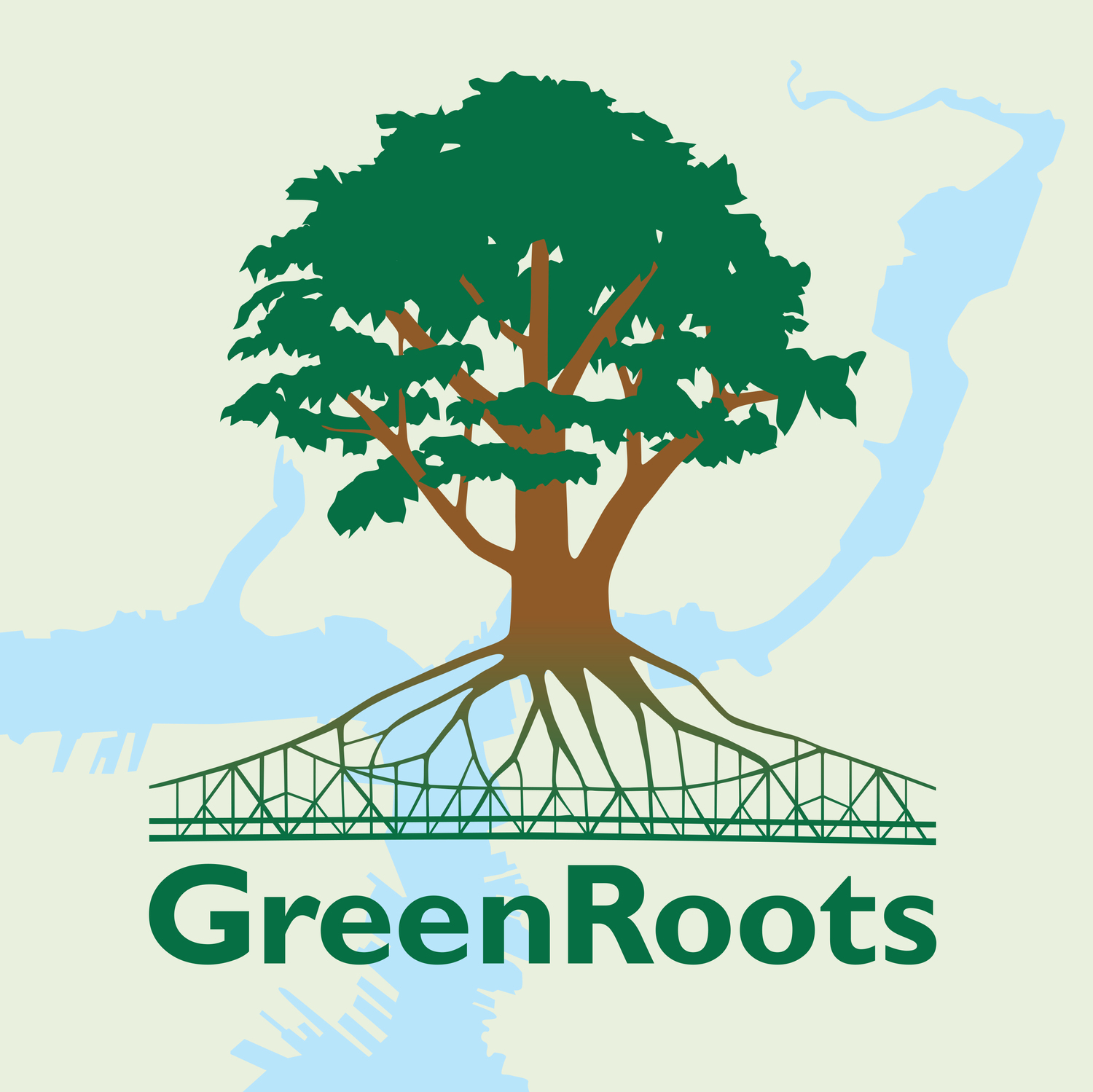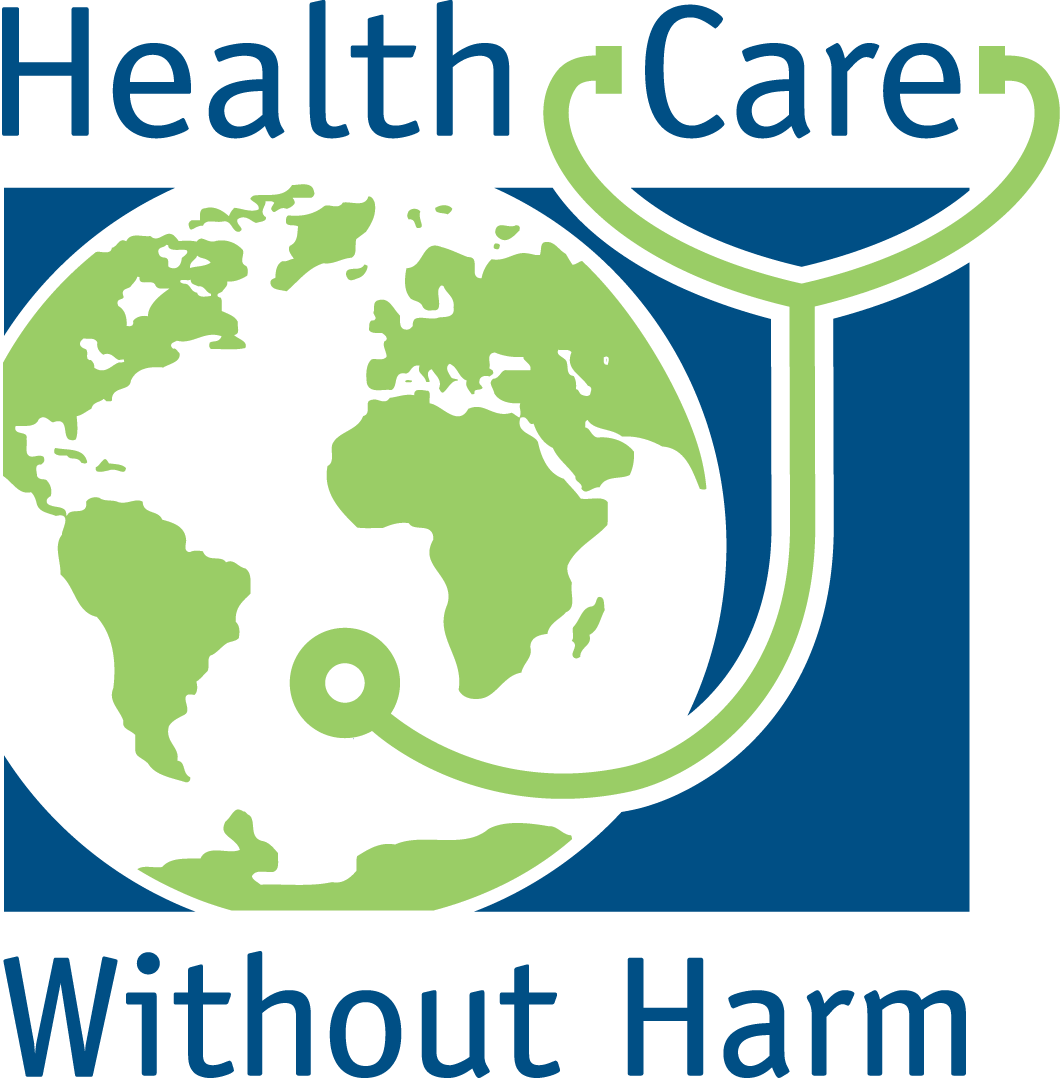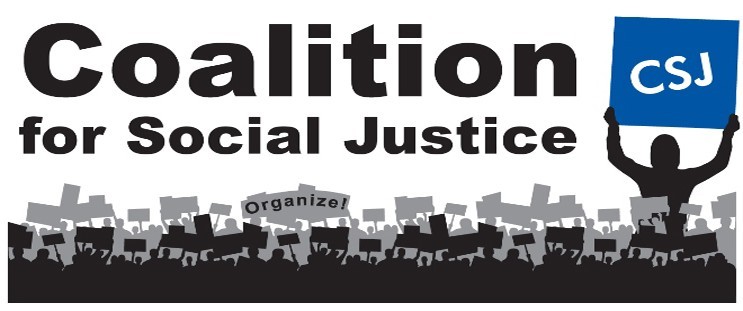About This Project
This website is part of a larger project for the Conservation Law Foundation. This work aims to address inequities in the current transportation system by providing guidance on policy recommendations for future investment in transportation systems across New England, with the goal of promoting access to reliable transportation for everyone, and reducing harms such as transportation-related pollution. Currently, these benefits and burdens are inequitably distributed, and are experienced more by certain communities than others. Read the executive summary or full report on Investing for Equity here.
The objectives of this analysis were to identify the geographic and demographic characteristics of communities that are:
- overburdened by current transportation-related emissions and related externalities;
- at increased risk for heat island effects, which is exacerbated by climate change and transportation related air pollution;
- likely to experience evacuation risks and other transportation-related vulnerabilities resulting from flooding, extreme weather, and other climate stressors, and
- underserved by current public transit infrastructure or services and overburdened by transportation related costs.
Demographic data for the analysis came from the U.S. Census American Community Survey 5-year estimates, 2014 - 2018. Air emissions, air pollutant concentrations, and air pollutant risk data came from the U.S. Environmental Protection Agency’s EJSCREEN online tool. Heat risk analysis was based on satellite-derived land surface temperatures from NASA’s MODIS platform. Evacuation risk was analyzed using the Federal Emergency Management Agency’s (FEMA) National Flood Hazard Layer, hurricane evacuation zones from state emergency agencies, and projected hurricane storm surge extents from the National Weather Service’s National Hurricane Center and U.S. Army Corps of Engineers SLOSH modeling. Transportation data included transit lines and routes from state agencies, average headways based on GTFS data from state transit agencies and open data providers such as Trillium and OpenMobility, walkability scores from the EPA, and transportation cost burdens based on the U.S. Department of Housing and Urban Development’s (HUD) Location Affordability Index.
This online application is built with R version 4.1.2 (R Core Team, 2021) using the R Markdown package in Rstudio. Charts, tables, and maps use Highcharts, DataTables, and Leaflet.js, respectively, all accessed through their corresponding R packages.
Research code for this analysis is available at https://github.com/profLuna/Investing-for-Equity.
Please direct feedback, suggestions, or questions about this website to Marcos Luna - mluna@salemstate.edu



.jpg)



